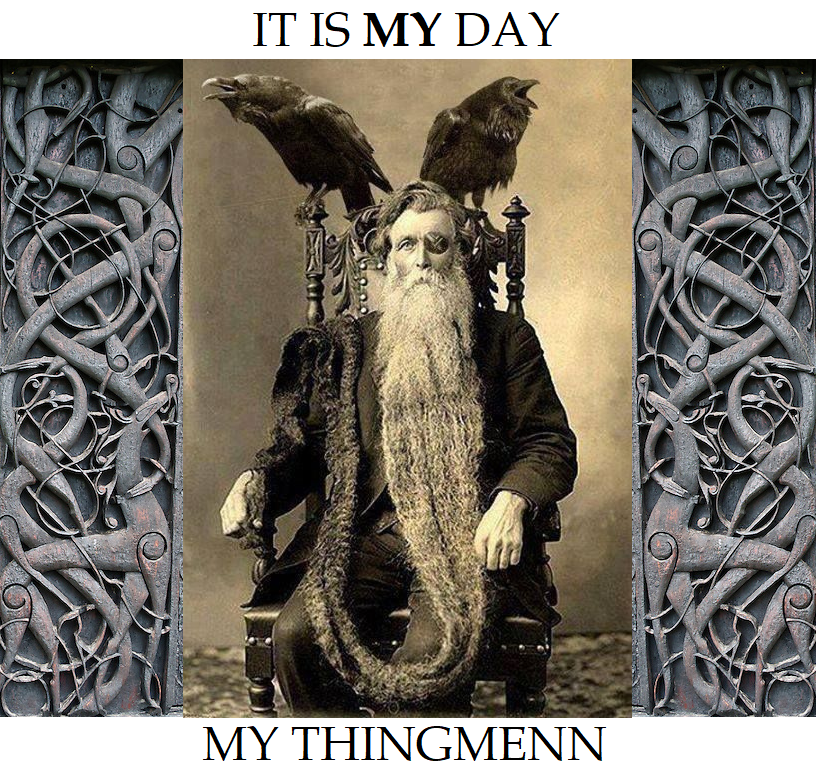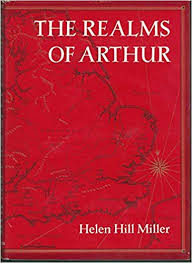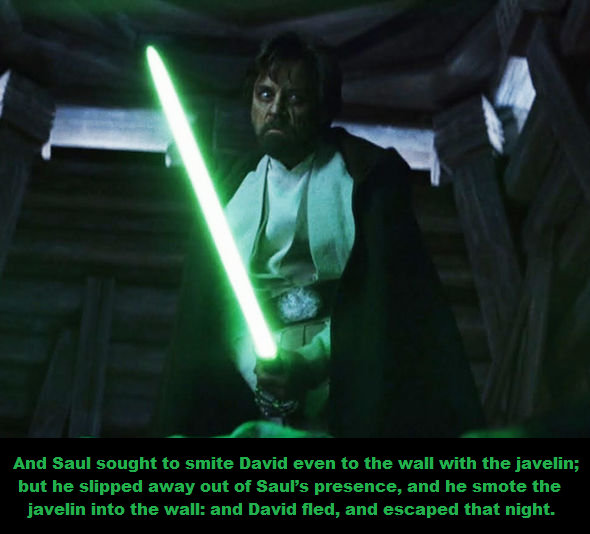
Tag Archives | Antiquity
Middelboe Chronicles, Part 21: The Loch Ness Kelpie
Many miles away
there’s a shadow on the door
of a cottage on the shore
of a dark Scottish lake ….
Continuing the theme of troublesome subterranean Celtic serpents, we pass from Merlin’s dragons to The Loch Ness Kelpie (“Animated Tales of the World,” 2004):
Middelboe Chronicles, Part 20: Merlin and the Dragons
Continuing the theme of Celtic sorcery, and children of unknown and/or magical parentage, from Y Mabinogi and Ewenn Congar, we have Merlin and the Dragons (“Animated Tales of the World,” 2004).
This version oddly leaves out (apart from a cryptic closing reference to the modern Welsh flag) the whole point of the story, which is what the red dragon’s triumph over the white symbolises: namely, Merlin/Myrddin’s prophecy of the triumph of the Britons over the Saxons. (It also has Merlin engage in a bit more dragon-riding than I recall from the original, but I suppose that’s excusable poetic license. Leaving out the prophetic meaning is not so excusable, especially since that prophecy eventually gets linked up with the Arthur legend.)

I remember my mother reading a version of this story aloud to me (actually onto our then newly acquired cassette player, though I’m sure the cassette is long lost, and would likely be unplayable even if it weren’t) out of Helen Miller’s book The Realms of Arthur (not to be confused with more recent books of the same title) when we were living in San Diego, thus when I was between 8 and 10; I even seem to remember the section of the library where we picked it up – on the right-hand side upon entering, where I believe recent acquisitions were displayed (though whether it was the Ocean Beach library or the Point Loma library I can’t say, as we used both regularly; I’m not sure why I haven’t revisited either library on my various trips back in recent years).
Middelboe Chronicles, Part 19: Ewenn Congar
Passing from one Celtic tale of shape-shifting and sorcery to another (Breton this time, rather than Welsh), we come to Ewenn Congar (“Animated Tales of the World,” 2001).
This is also a version of the “Sorcerer’s Apprentice” story (it lacks the broomstick incident that for many is the only known part, but it includes the dueling-transformations incident toward the end).
There’s a shout-out to The Day the Earth Stood Still at 5:19 (“Klaatu barada nikto”), and another at 6:12 (a reference to Gort).
Middelboe Chronicles, Part 18: Y Mabinogi (a.k.a. Otherworld)
Several themes from Cap o’ Rushes – rash vows, unkind parents, unhappy wedding feasts, and highborn princesses wrongfully exiled and/or made into servants – continue in today’s extra-long installment, Y Mabinogi (2003), a (pleasingly faithful) animated version of the Welsh cycle of interrelated legends, the Mabinogion.
For the first eleven minutes or so, you may find yourself asking: a) how is this an animated version? and b) how is this a version of the Mabinogion? But all will become clear.
This story features one of the most famous examples of the “magic loopholes” I discussed here and here, where Lleu can be killed only when neither indoors nor outdoors, neither on horseback nor on foot, etc.
We get a glimpse of the white hounds with red ears, the Cŵn Annwn, that are associated with the Underworld in Welsh mythology, though sadly they don’t really do much here.
The visit of Branwen’s brothers to the Irish court is also reminiscent of the visit of Gudrun/Kriemhild’s brothers to Attila’s court in the Völsungasaga and Nibelungenlied, where similar jollity ensues.
The way that Efnysien deals with the 200 warriors lurking in the sacks of flour is similar to the way Marjanah deals with the 40(ish) thieves lurking in the jars of oil in the story of Ali Baba.
You’ll also notice much that George R. R. Martin may have borrowed for Song of Ice and Fire / Game of Thrones, including a wounded King named Bran with psychic powers, a feast where the guests are betrayed, and an army of the resurrected dead.
(Of course this is not the only example of guests betrayed at a feast. Martin himself has mentioned two examples from Scottish history as inspirations: the “Black Dinner” (Edinburgh, 1440), and the Glencoe massacre (1692). Another famous example is the betrayal of the Greek mercenaries after the battle of Cunaxa in 401 BCE, as related in Xenophon’s Anabasis.
By contrast, the similar event that occurs near the beginning of Braveheart is, like much else in that movie, entirely fictional.)
Middelboe Chronicles, Part 15: David and Saul
From Carmen to another (rather different) tale of love turned through jealousy to murderous enmity: the tale of David and Saul (“Testament: The Bible in Animation,” 1996). Interesting side note: Paul McGann provided the voice of David for this story, in the same year that he played the Eighth Doctor in the Doctor Who tv-movie.
Incidentally, I’m pretty sure that the story of David and Saul is how Kylo Ren sees his own experience with his Uncle Luke:
